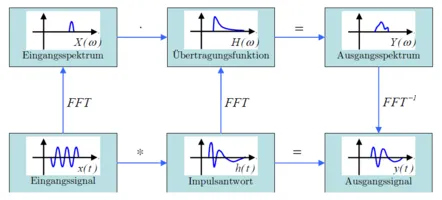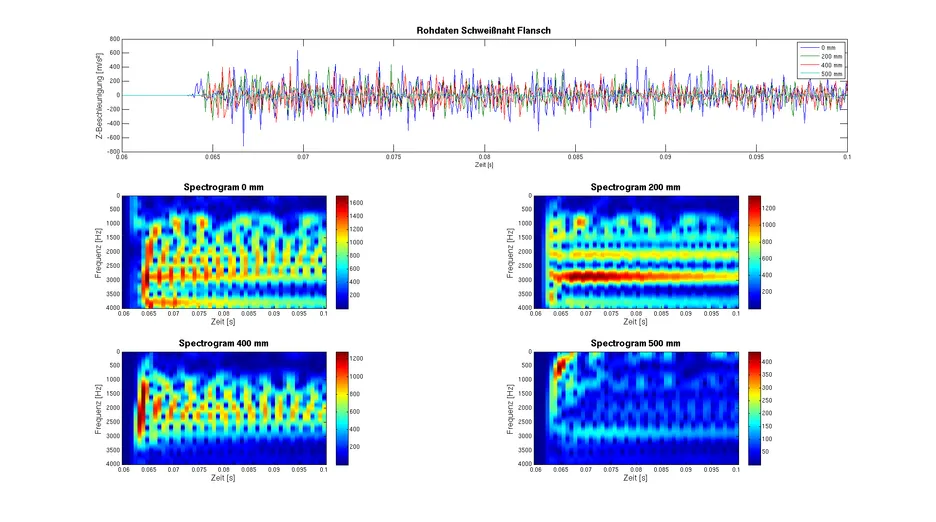Content

In this course, the underlying theory of the basic methods in acoustics and vibration analysis are acquired, and their application is discussed. The individual topics will provide answers to the following questions:
- What’s behind the dB(A) labels on many machines?
- How is the .mp3 compression related to the nonlinear behavior of the human ear?
- Is it possible to subdivide a vibro-acoustic analysis of a whole car into analyses of subcomponents without introducing errors?
- How does an acoustic camera work?
- Which window function should I use when measuring accelerations?
- How does an amplifier work, and to what extent does it reflect the acoustic properties of my living room?
- How does a transfer path analysis work?
- Why is there a difference between an a' on a violin and an organ?
- And why do we have to consider so much more when developing digital realizations?
The lecture is subdivided into the following sections:
- Fundamentals of linear systems and Fourier transform
- Signal processing in time and frequency domain
- Signal processing in vibration analysis
- Signal processing in acoustics
- Fundamentals of discrete signal processing
- ... understand the importance of signal processing in vibration analysis and acoustics
- ... describe applications in the fields of auralization and transfer path analysis
- ... use window functions and filters
- ... apply the fundamentals of system theory to the solution of signal processing problems
- ... perform continuous and discrete Fourier analyses
- ... present results in linear as well as in dB-scales
- ... evaluate spectra, spectrograms and transfer functions
- ... take additional effects occurring in discrete signal processing into account

Organizational Matters
Lecture:
- weekly regular class, 2 SWH duration
- content is mainly developed on the blackboard, while examples and applications are provided using free online-tools by use of a laptop and a projector
- lecture notes are provided in TUMonline prior to each lecture
Examination:
- depending on the number of participants, the examination will be held as an oral exam (duration: approx. 20 minutes) or a written exam (duration: 90 minutes)
- the type of examination will be decided at the beginning of the semester
- a retake of the exam is only possible in the next winter semester
Recommended Previous Knowledge
- fundamentals of mathematics (complex numbers & partial differential equations)
- fundamentals of acoustics and control theory
The above mentioned recommended previous knowledge is not obligatory to successfully complete this course. If you are indecisive about your participation in this course, please contact the responsible course assistant.